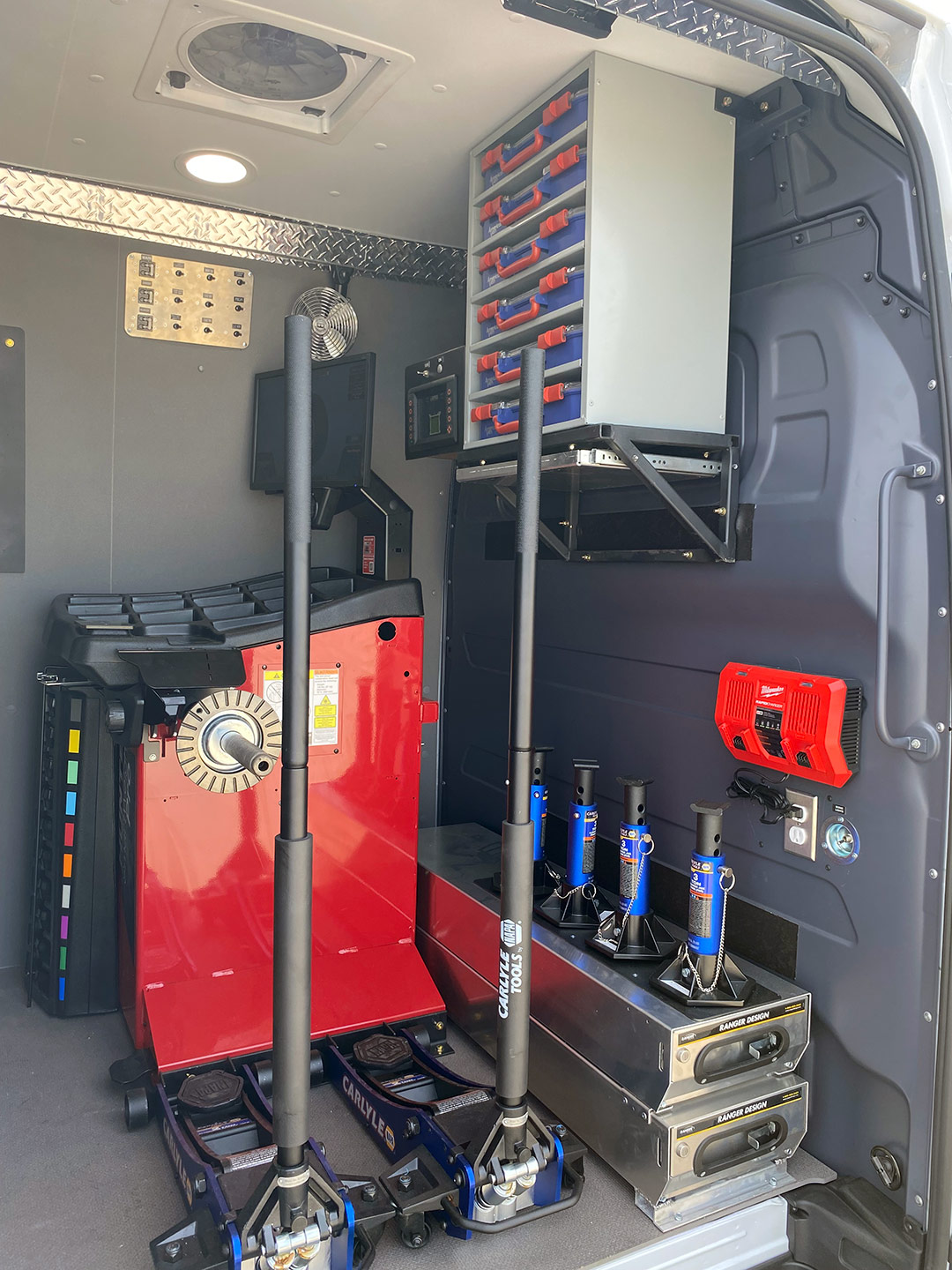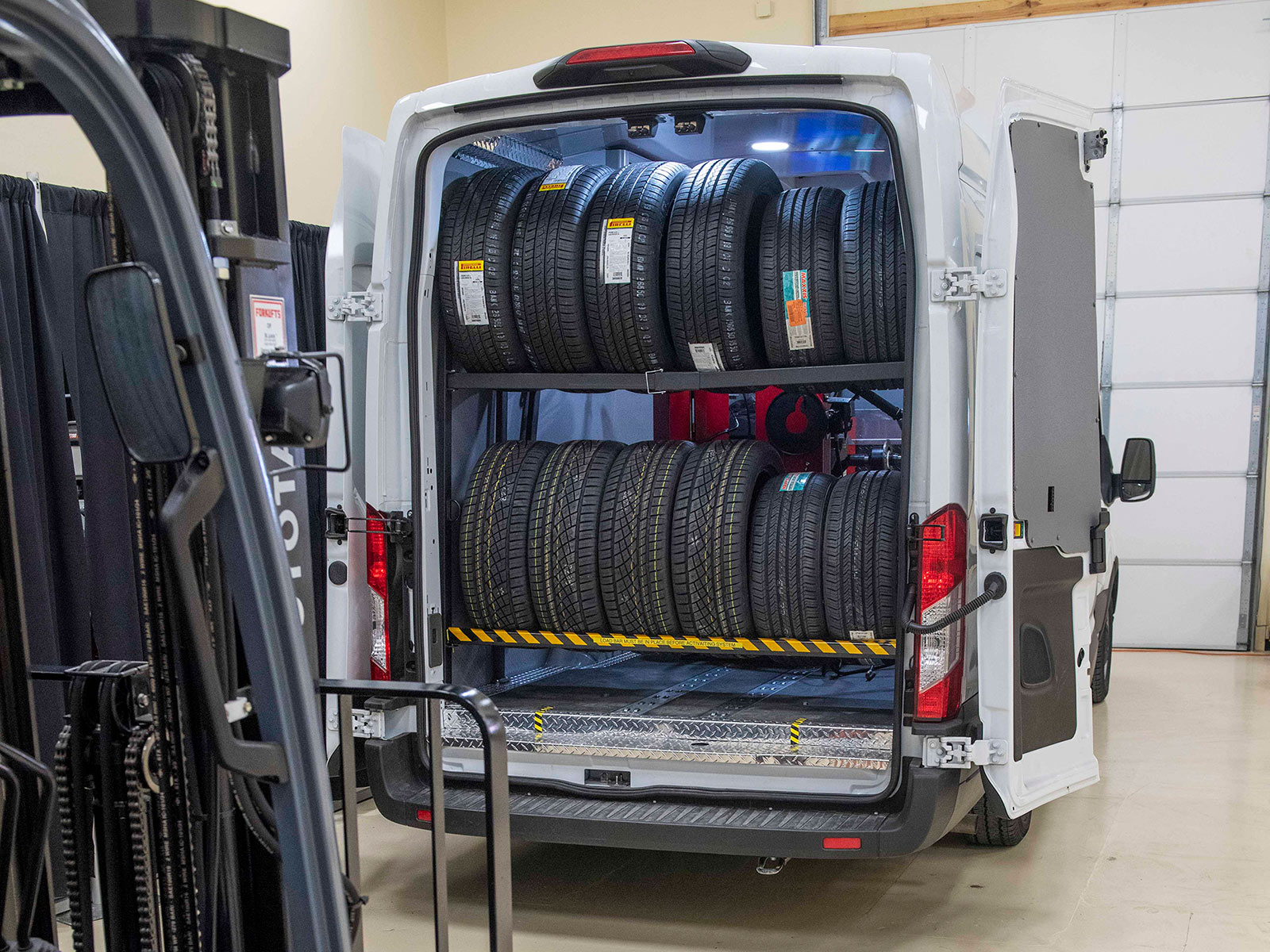Tire Service: Proven Methods for Optimal Tire Upkeep and Treatment
Preserving optimum tire condition is paramount for both safety and security and performance of any automobile. From ensuring correct tire pressure to regular rotation and placement, there are tried and tested methods that can substantially expand the lifespan of your tires and improve overall driving experience. As we explore the ins and outs of tire care and maintenance, we will reveal important guidelines that every car owner need to adhere to for the very best possible results. Allow's delve right into the globe of tire service and uncover the secrets to maintaining your tires in first-class shape for the long run.
Importance of Tire Pressure
Appropriate tire stress advertises much better fuel performance, as under-inflated tires can lead to increased rolling resistance, causing the engine to work harder and take in even more fuel. Correct tire stress makes certain also walk wear, improving tire long life and saving money in the long run by postponing the need for early replacements. Consistently checking and readjusting tire stress, especially in the past long trips, is a straightforward yet reliable means to improve automobile performance, expand tire life expectancy, and focus on safety and security on the roadway.
Tire Turning Standards
When thinking about tire turning standards, it is crucial to comprehend the significance of this maintenance task in maximizing tire life expectancy and maintaining optimum automobile efficiency. Tire rotation involves transforming the setting of each tire on an automobile to ensure even tread wear. Front tires often tend to wear extra rapidly than rear tires due to guiding pressures, making regular rotation essential for balanced wear patterns.

Advantages of Wheel Positioning
Making certain correct wheel positioning after tire rotation is important for maintaining balanced wear patterns and taking full advantage of vehicle performance. Wheel positioning refers to the change of the angles of the wheels to the supplier's specifications. Among the essential advantages of wheel positioning is boosted managing and guiding action. When the wheels are correctly straightened, it reduces guiding initiative, making sure a smoother and much more controlled driving experience. Additionally, correct wheel placement helps to expand the lifespan of your tires. Misaligned wheels can cause uneven tire wear, bring about early tire replacement and boosted upkeep expenses.

Tire Footstep Depth Examine
Carrying out a normal examination of tire walk deepness is vital for maintaining secure driving problems and lengthening the life expectancy of your tires. Irregular walk wear can indicate issues with tire pressure, positioning, or suspension, highlighting the relevance of normal step deepness checks. By integrating tire step deepness checks right into your routine maintenance schedule, you can drive with self-confidence understanding that your tires are in top problem.
Seasonal Tire Assessment
An extensive analysis of tire problem tailored to certain weather condition problems is essential for maintaining ideal performance and safety and security throughout the year. Seasonal tire inspection is an essential element of tire maintenance that ensures tires are ready to encounter the difficulties presented by different weather condition problems. To prepare for wintertime, it is necessary to examine the tire stress regularly as chilly temperatures can create tire stress to go down. Checking tire step depth is also essential to ensure ample traction on snow and ice-covered roadways. Additionally, looking for indications of damage, such as cracks or lumps, can aid protect against prospective tire failures. As the seasons modification, it is important to assess tire problem and make any type of needed changes to assure secure driving. By carrying out routine seasonal tire assessments, drivers can prolong tire life expectancy, improve gas efficiency, and most notably, guarantee a secure driving experience in varying navigate here weather - Flat Tire Repair Las Vegas.
Verdict
In final thought, maintaining proper tire pressure, revolving tires regularly, aligning wheels appropriately, Get the facts checking tread depth, and carrying out seasonal evaluations are crucial methods for optimal tire treatment. By following these proven approaches, motorists can guarantee their tires last much longer, do far better, and add to overall lorry safety. It is necessary to prioritize tire upkeep to avoid accidents, boost fuel effectiveness, and extend the life-span of tires.
Appropriate tire stress advertises better fuel performance, as under-inflated tires can lead to increased rolling resistance, triggering the engine to work tougher and consume more gas.When considering tire turning standards, it is vital to recognize the importance of this maintenance task in optimizing tire life expectancy and preserving optimal vehicle performance. Seasonal tire evaluation is a fundamental facet of tire upkeep that ensures tires are ready to deal with the difficulties positioned by various weather condition problems. By performing regular seasonal tire evaluations, motorists can extend tire life expectancy, enhance fuel efficiency, and most importantly, ensure a protected driving experience in varying weather condition conditions.
In conclusion, keeping proper tire pressure, turning tires regularly, straightening wheels properly, checking step deepness, and carrying out seasonal evaluations are necessary practices for optimal tire treatment.